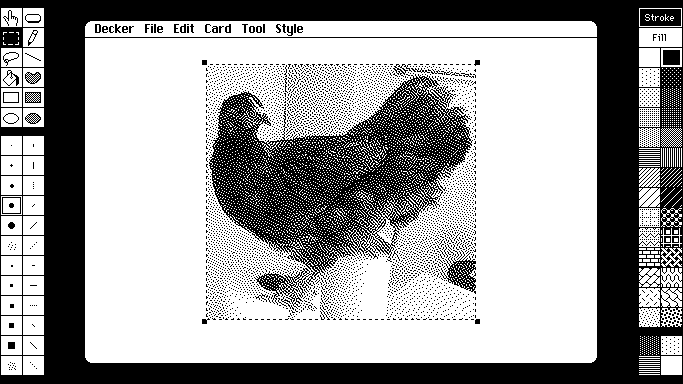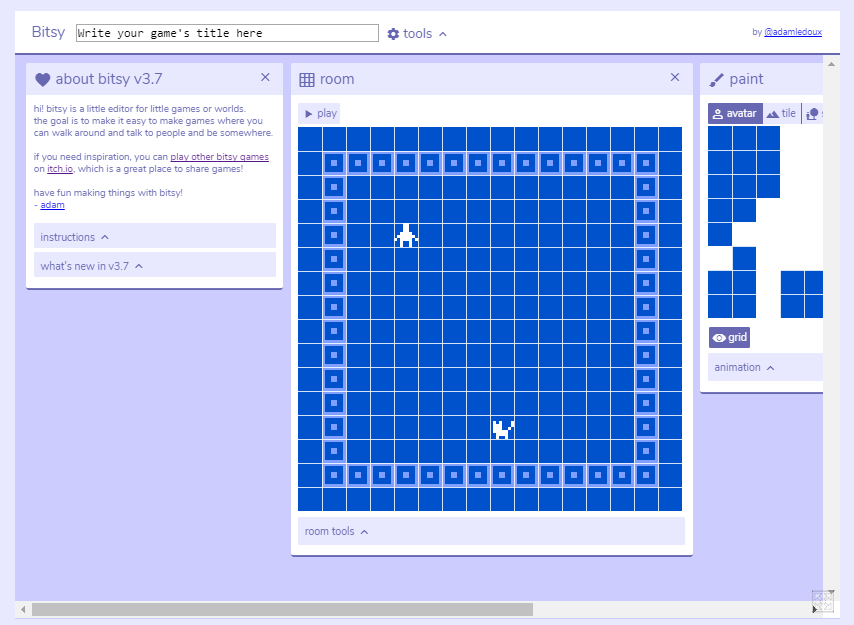List comprehensions were added with Python 2.0. Essentially, it is Python's way of implementing a well-known notation for sets as used by mathematicians. In mathematics the square numbers of the natural numbers are, for example, created by { x2 | x ∈ ℕ } or the set of complex integers { (x,y) | x ∈ ℤ ∧ y ∈ ℤ }.
List comprehension is an elegant way to define and create lists in Python. These lists have often the qualities of sets, but are not necessarily sets.
List comprehension is a complete substitute for the lambda function as well as the functions map(), filter() and reduce(). For most people the syntax of list comprehension is easier to be grasped.
See also: [[Lambda, filter, reduce and map]]

